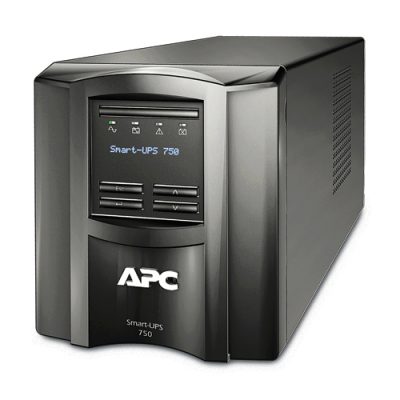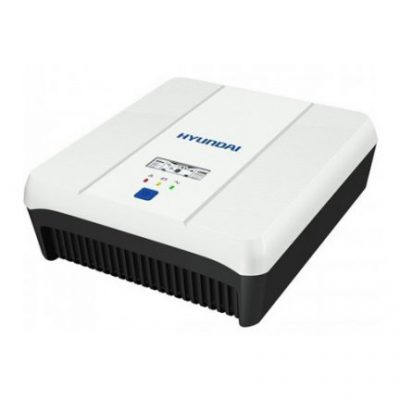Imagine you hired a Michelin star chef to cook for your dinner party. But you give them assignments without any knowledge of your preferences, dietary restrictions, or the occasion you’re celebrating. Now, the chef can whip up something extraordinary. Or everyone could go home hungry.
The same goes for business. Your company may have the best minds in the world, but they won’t do you much good unless they understand the context of your business. And the same goes for generative AI (GenAI).
GenAI models, such as OpenAI’s GPT series or Anthropic’s Claude, represent a powerful new general-purpose technology, capable of powering countless value-driving use cases. However, enterprises will not realize the full potential of GenAI until they can help AI understand their unique business context.
Key Barriers to GenAI Success
GenAI tools are driven by foundational AI models such as large language models (LLMs). These complex AI systems have reached the point where they have human-level understanding and reasoning capabilities. However, like humans, they only know what they know or have been taught to understand.
Businesses, though eager to harness the power of GenAI, face several challenges:
Lack of business context
The LLMs behind GenAI are based on large data sets from publicly available knowledge bases like the Internet. They are static, often outdated, and typically lack the domain understanding to solve industry-specific tasks. This results in generic responses that don’t serve your goals. Often, GenAI models cannot answer simple questions that require only a small amount of specific business context.
Limited access, expertise and time
It is possible to provide the right context to GenAI models through methods such as prompt engineering. This is largely a trial and error process of experimenting with different input prompts to produce the desired response from the model. However, this can be difficult and expensive. Most businesses don’t have the luxury of time. They also lack access to modern models, and the specialist skills needed to customize them and provide model governance across different automation and AI teams.
Lack of transparency
GenAI models are called ‘black boxes’ for a reason. After all, LLMs are multibillion-parameter models with complex semantic relationships that do not explain their reasoning or the source data that drive their decisions. To put it simply: GenAI doesn’t show its work, and that’s a problem for regulators and consumers. This lack of transparency can mislead decision makers, hindering trust and understanding.
Deception and false positives
Even AI models can make mistakes. GenAI can sometimes ‘deceive’ by producing very convincing but false answers and insights. If these results are not reviewed and fact-checked, the consequences can be dire, resulting in poor business decisions and damaged customer relationships. As a result, GenAI cannot be ‘left alone’ but must be closely monitored when incorporated into any workflow.
Retrieved Augmented Reality: Context is King.
To maximize the value of GenAI, enterprises first need a reliable way to ground their models in their business data. Not only will this give the models relevant context, but it will also help them work more efficiently and make fewer mistakes, improving reliability and trust.
Retrieval Augmented Generation (RAG) is a useful method for providing relevant context and data to AI models. RAG does not rely solely on the data it is trained on, but actively searches for relevant information from a specific dataset (such as a company’s knowledge base).
Imagine you are back in college and asked to write an essay. For some topics, you can write based on what you already know. But for more specific questions, you need to find or ‘retrieve’ this information from a book or journal. This is how RAG works.
Introducing the UiPath context base
The RAG framework results in highly accurate and contextually accurate GenAI responses. It ‘educates’ your models by giving them a crash course in your business, industry, lingo, and data.
That’s why RAG is a core component of the Context Framework, which is the latest addition to it. UiPath AI Trust Layer. When a user submits a prompt to a GenAI model, the context base uses RAG to extract useful information from the relevant dataset. It then uses this information to create responses that are relevant, accurate and context-sensitive.
As a key part of the UiPath AI Trust Layer, the context foundation provides distinct advantages to businesses seeking the best results from GenAI:
Exclusive GenAI models
A contextual foundation helps transform your LLMs from general to specialized. UiPath has access to multiple UiPath data sources and a flexible framework for both internal and third-party tools to work together. We provide a reliable way to ground it with user-supplied, domain-specific data, ensuring your AI understands and adapts to the unique nuances of your business and industry. happens.
Ease of use and time-saving
Context-based is designed with the user in mind. It provides a simple and intuitive interface that minimizes the learning curve. Businesses can now take advantage of LLMs that are optimized to create contextualized output based on their data.
Improved GenAI transparency and explainability
The RAG provides an explanation of the data used and the logic behind each GenAI response. The AI decision-making process is open to discovery and understanding. In addition, the UiPath AI Trust Layer provides insight and control over the use of your generative AI models, and ensures that data is treated with the highest level of governance.
More successful and reliable GenAI
RAG alone will not eliminate hallucinations, but it has been shown Significantly reduce their chances. Combined with the UiPath AI Trust Layer, UiPath ensures that GenAI models are delivering reliable, accurately generated responses in automation. We do this to ensure that the context and results are consistent with business automation objectives.
When generating AI knows your business.
Context-based enables businesses to empower GenAI with their business data, improving efficiency and predictability. It provides a clear view into the black box, providing a layer of clarity so that GenAI responses can be safely tracked and improved over time.
Businesses also gain access to more advanced semantic search capabilities. In other words, a contextual basis can help GenAI understand the ‘why’ behind a question, focusing on the user’s intent rather than the literal words used. Result? Less frustration and more accurate and relevant answers.
How about an example to really put everything into context? A healthcare company wants an efficient way to screen potential organ donors. Typically, clinicians have to sift through lengthy and complicated application documents to decide whether a donor is suitable. But a GenAI assistant, augmented based on context, can streamline the entire process.
Instead of searching through documents, clinicians can simply ask the device whether a donor is a match. The model will understand the request, retrieve the relevant information, and present it back to the clinician. And just to be safe, it will show the source of that information so it can review its decision.
Foundation models are just that – a foundation. You need to ground GenAI firmly in your business context before you can trust it to take action and drive automation. In addition, you need a guiding framework to ensure that AI uses data in a structured, traceable and transparent way. That’s why context is key to GenAI’s success.
For more information on context-based, the UiPath AI trust layer, and our latest AI innovations, Watch our big announcements from the UiPath AI Summit on demand.











